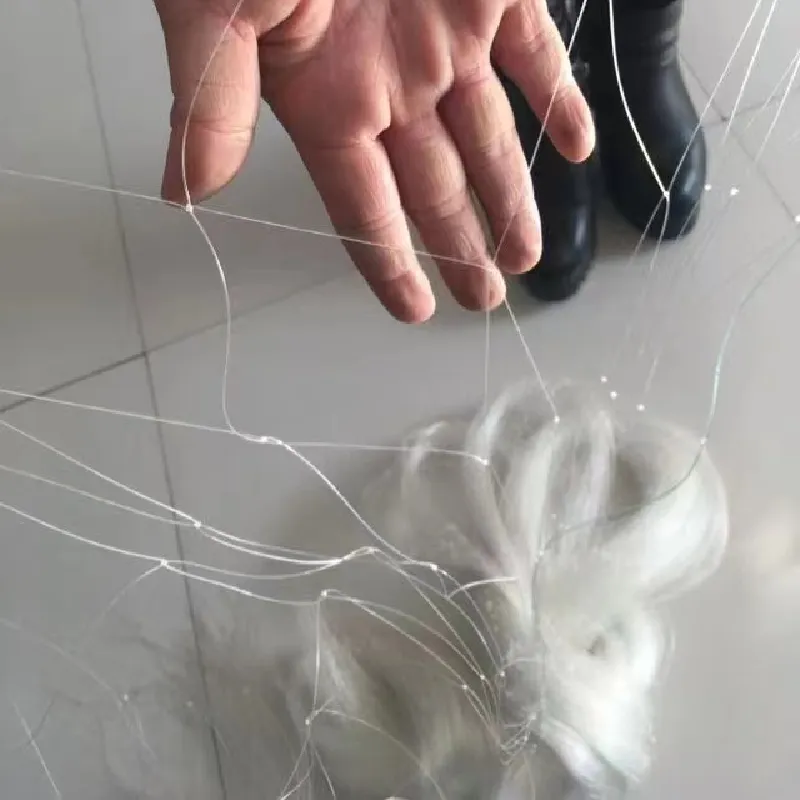-
 Afrikaans
Afrikaans -
 Albanian
Albanian -
 Amharic
Amharic -
 Arabic
Arabic -
 Armenian
Armenian -
 Azerbaijani
Azerbaijani -
 Basque
Basque -
 Belarusian
Belarusian -
 Bengali
Bengali -
 Bosnian
Bosnian -
 Bulgarian
Bulgarian -
 Catalan
Catalan -
 Cebuano
Cebuano -
 China
China -
 Corsican
Corsican -
 Croatian
Croatian -
 Czech
Czech -
 Danish
Danish -
 Dutch
Dutch -
 English
English -
 Esperanto
Esperanto -
 Estonian
Estonian -
 Finnish
Finnish -
 French
French -
 Frisian
Frisian -
 Galician
Galician -
 Georgian
Georgian -
 German
German -
 Greek
Greek -
 Gujarati
Gujarati -
 Haitian Creole
Haitian Creole -
 hausa
hausa -
 hawaiian
hawaiian -
 Hebrew
Hebrew -
 Hindi
Hindi -
 Miao
Miao -
 Hungarian
Hungarian -
 Icelandic
Icelandic -
 igbo
igbo -
 Indonesian
Indonesian -
 irish
irish -
 Italian
Italian -
 Japanese
Japanese -
 Javanese
Javanese -
 Kannada
Kannada -
 kazakh
kazakh -
 Khmer
Khmer -
 Rwandese
Rwandese -
 Korean
Korean -
 Kurdish
Kurdish -
 Kyrgyz
Kyrgyz -
 Lao
Lao -
 Latin
Latin -
 Latvian
Latvian -
 Lithuanian
Lithuanian -
 Luxembourgish
Luxembourgish -
 Macedonian
Macedonian -
 Malgashi
Malgashi -
 Malay
Malay -
 Malayalam
Malayalam -
 Maltese
Maltese -
 Maori
Maori -
 Marathi
Marathi -
 Mongolian
Mongolian -
 Myanmar
Myanmar -
 Nepali
Nepali -
 Norwegian
Norwegian -
 Norwegian
Norwegian -
 Occitan
Occitan -
 Pashto
Pashto -
 Persian
Persian -
 Polish
Polish -
 Portuguese
Portuguese -
 Punjabi
Punjabi -
 Romanian
Romanian -
 Russian
Russian -
 Samoan
Samoan -
 Scottish Gaelic
Scottish Gaelic -
 Serbian
Serbian -
 Sesotho
Sesotho -
 Shona
Shona -
 Sindhi
Sindhi -
 Sinhala
Sinhala -
 Slovak
Slovak -
 Slovenian
Slovenian -
 Somali
Somali -
 Spanish
Spanish -
 Sundanese
Sundanese -
 Swahili
Swahili -
 Swedish
Swedish -
 Tagalog
Tagalog -
 Tajik
Tajik -
 Tamil
Tamil -
 Tatar
Tatar -
 Telugu
Telugu -
 Thai
Thai -
 Turkish
Turkish -
 Turkmen
Turkmen -
 Ukrainian
Ukrainian -
 Urdu
Urdu -
 Uighur
Uighur -
 Uzbek
Uzbek -
 Vietnamese
Vietnamese -
 Welsh
Welsh -
 Bantu
Bantu -
 Yiddish
Yiddish -
 Yoruba
Yoruba -
 Zulu
Zulu
Innovative Solutions for Protecting Crops Using Advanced Hail Nets Technology
Understanding Hail Nets Protection for Agriculture
Hail is one of nature's more unpredictable and destructive weather phenomena, capable of causing significant damage to crops, gardens, and a wide range of agricultural products. Farmers and growers are often left counting the cost after a hailstorm, as the ice pellets can shatter fruits, bruise vegetables, and destroy entire fields. To mitigate these losses, many in the agricultural sector are turning to hail nets as an effective protective measure.
Hail nets, also known as hail protection nets or hail screens, are specialized agricultural fabrics designed to shield crops from hail damage. These nets are typically made of high-density polyethylene (HDPE), which is lightweight yet incredibly durable. They come in various mesh sizes and strengths, catering to different crop types and geographical locations. The primary function of these nets is to absorb the impact of hailstones, dispersing the force and preventing direct contact with the crops beneath.
One of the significant advantages of hail nets is their versatility. They can be used in various agricultural fields, including vineyards, orchards, and vegetable farms. For instance, grape growers often install hail nets over their vineyards, as hail can severely compromise the quality of the fruit, affecting both yield and market value. In orchards, hail nets can protect delicate fruits such as cherries and pears, ensuring a greater harvest and reducing financial losses.
hail nets

Moreover, hail nets offer additional benefits beyond hail protection
. They can help regulate microclimates around crops, providing shade during intense sunlight and reducing temperature fluctuations that can stress plants. This, in turn, can enhance the overall quality and yield of the crops. By diminishing direct sunlight and wind exposure, these nets also help in reducing moisture loss, benefitting crops during dry periods.The installation of hail nets is a considerable investment for farmers, but the long-term benefits often outweigh the initial costs. Depending on the size of the field and the specific type of net used, prices can vary significantly. However, many farmers report that the protection provided by hail nets leads to improved productivity and a better return on investment. The peace of mind that comes with knowing that crops are shielded from the devastating effects of hail contributes significantly to a farmer's overall operational success.
Environmental sustainability is another factor to consider. Many hail nets are designed to be long-lasting, with durable materials that can withstand harsh weather conditions. After their life cycle, these nets can also be recycled, reducing waste and contributing to more sustainable farming practices.
In conclusion, hail nets represent an essential tool in modern agriculture, providing a necessary shield against one of nature's most destructive forces. As climate patterns become increasingly unpredictable, the use of such protective measures is likely to grow. By investing in hail protection, farmers can safeguard their livelihoods, ensure the health of their crops, and contribute to a more resilient agricultural system. Whether protecting vineyards, orchards, or vegetable fields, hail nets are proving to be a vital component of agricultural best practices in an era marked by climate uncertainty.
-
Shipping Plastic Bags for Every NeedNewsJul.24,2025
-
Safety Netting: Your Shield in ConstructionNewsJul.24,2025
-
Plastic Mesh Netting for Everyday UseNewsJul.24,2025
-
Nylon Netting for Every UseNewsJul.24,2025
-
Mesh Breeder Box for Fish TanksNewsJul.24,2025
-
Expanded Steel Mesh Offers Durable VersatilityNewsJul.24,2025











